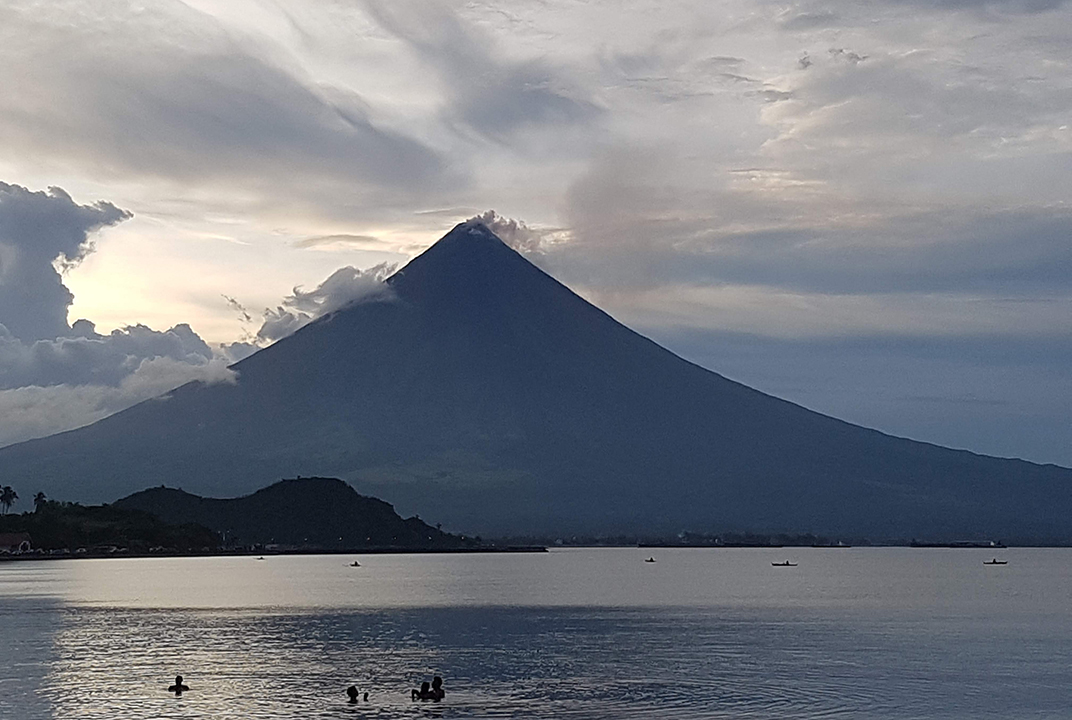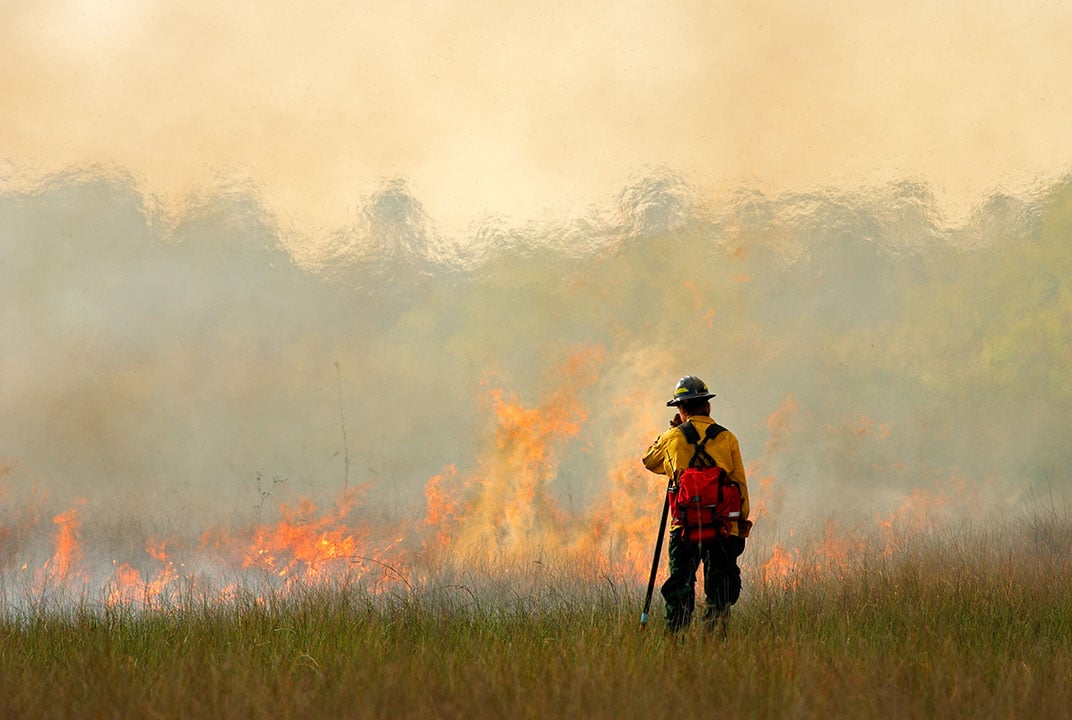Inmarsat enables emergency mHealth in Nepal
Inmarsat-sponsored Télécoms Sans Frontières (TSF) remains at the heart of the crisis zone in Nepal providing vital post-emergency mHealth support, three months after the devastating earthquake hit the country affecting over 2.8 million people.
Working in collaboration with Médecins du Monde (MdM), the charity telecoms agency has put in place a mobile data collection system that utilises Inmarsat’s connectivity, to allow medical professionals to accelerate the detection of disease outbreaks at field level.
TSF has equipped MdM medics with a smartphone-based data collection application and supports their daily reporting from remote locations via our BGAN broadband communications service.
Health reports
Training courses and follow-ups are currently underway with sessions lead by TSF mHealth experts in Kathmandu and Sukute.
Teams of mobile medics are trained not only in the use of the system, but also the BGAN terminals required to send the automatically generated health reports in the absence of GSM and CDMA networks.
Once tutored in the use of the system, teams of medics leave for the Sindulpalchowk region focusing their operations around 14 of the most affect towns and villages.
Countless epidemics
The teams average a total of 250 to 500 consultations per day and their outreach covers a population of over 40,000 beneficiaries, as well as allowing countless epidemics brought on by the arrival of monsoon season to be detected.
Following medics’ field interventions, consultation data is automatically transmitted and compiled onto a cloud-based central database. A “one-click” operation then allows the surveillance team in Kathmandu to update their medical tables and charts dashboards.
This data then undergoes quantitative analysis using World Health Organisation standards and thresholds to determine priority areas, concentration of diseases and potential epidemic outbreaks.

